
A break out can occur for any number of reasons. If you don't know where to look to find the culprit of a break out it can make obtaining clear skin that much harder.
From product mistakes to life events, this is why you might break out with new skin care.
1. You Didn't Patch Test
Patch testing is one of the best ways to determine whether your skin will break out with a new product, and yet so few people take the time to do it.
Testing a new product on an inconspicuous but face-like area, such as the inside of your wrist, neck, or chest, can help you avoid a face break out from a new product.
2. You Didn't Follow Directions
Directions are there for a reason, devised by the folks who formulated the product, to help you get the most out of your routine and lessen side effects like a bad break out.
When you're starting a new product, always follow the directions until you've established that it's the right fit for your skin. Only then should you alter your use to better suit your skin's needs.
3. You're Over/Under-Using A Product
This follows from not following directions, and it happens a lot more often than you'd think. Half the acne battle is in using products appropriately so that it can do exactly what it's supposed to do. Too much and your skin is overwhelmed, too little and it won't be effective at fighting a breakout.
Most people start a new product in haste because we want it to work faster. Thiswill usually cause you tobreakoutandmay be accompanied by some irritation. Then, we begin to under-use it because we’re discouraged with our (lack of) results. Over and under-use of a product can delay potential improvements andcause you to breakout.
You're less likely to have a reaction if you introduce a new product slowly and carefully.
4. You're Using Too Many Products
This is especially true of skin care kits and sets which may encourage us to jump right into several new products at once. Not only will this make it difficult to determine which product is causing you tobreakout, but it will cause irritation and inflammation which can worsen acne.
5. You Have Combination Skin
For many of us, different areas of our skin have different needs.
A new product can work wonders on our problem areas but will cause a break out in non-problem areas. This can be frustrating, but the fix is simple - only use the product on the areas you need it.
6. You're Using The Wrong Ingredients
A break out occurs when a product causes new clogged pores or increases irritation. New clogged pores and more inflammation means more blemishes overall, and more of them developing from comedones into full-blown pimples.
And unfortunately, harmful irritants that can cause a break out are common in many of our skin care products.
Before you choose a new product, always take a good look at the ingredients and compare notes with other products that haven't worked for you in the past.

7. It Isn't A Break Out
If you're using a new acne treatment, it's possible that it isn't a break out you're dealing with at all. See How to Tell if You're Purging or Breaking Out
8. It's Not The New Product
A new break out might have absolutely nothing to do with the new product you're using.
Sometimes trying a new product coincides with other life events, such as a stressful week at work, a broken relationship, or a weekend overindulgence.
It can also take a few weeks for a brewing pimple to surface, so a break out now may be totally unrelated to anything happening now. This is why it's important to allow your new products sufficient time to work and to be mindful of other potential causes.
9. You Have Sensitive Skin
Some of us have such sensitive skin that anything and everything seems to cause you to break out.
Treating this skin type can be tricky, but people with sensitive skin should opt for products with aminimal ingredients' list. Fewer ingredients = less likelihood a product contains irritating ingredients.
A few active ingredients can be an issue for some people, such as chemical sunscreens, benzoyl peroxide, and salicylic acid. For some people, these ingredients will always be a problem, no matter the formulation.
10. Contact Dermatitis
Another example of when a break out isn't a break out at all, contact dermatitis is caused by a substance that irritates your skin or triggers a reaction.
Contact dermatitis occurs when the skin becomes red and inflamed, usually immediately after application.
11. Allergies
While not terribly common, allergies shouldn't be ruled out for when you start to break out suddenly.
An allergic reaction is easily distinguished because the skin will feel irritated, with tiny red bumps. You may also experience intense itchiness. If this happens, discontinue the product immediately.
There are many reasons that a break out can happen when you start using new skin care products. Knowing where to look to find the culprit is the first step in eliminating that breakout and minimizing the risk of any future break out.

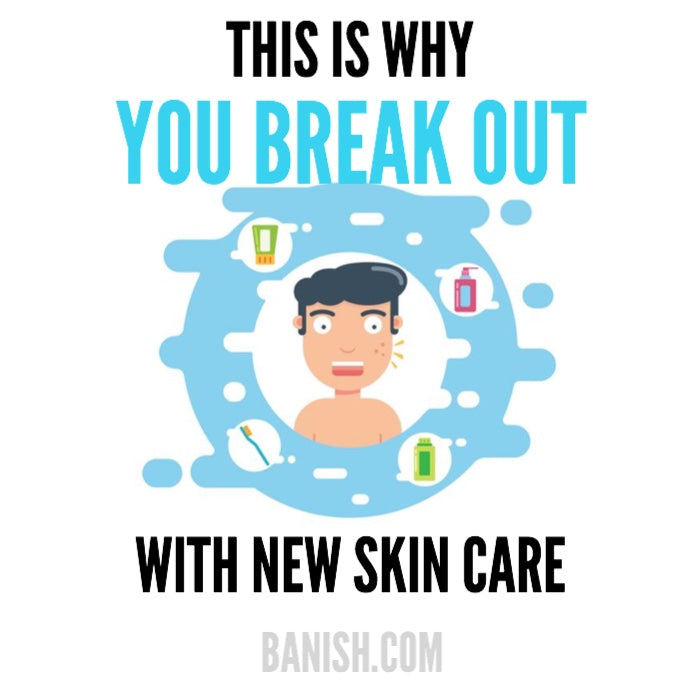
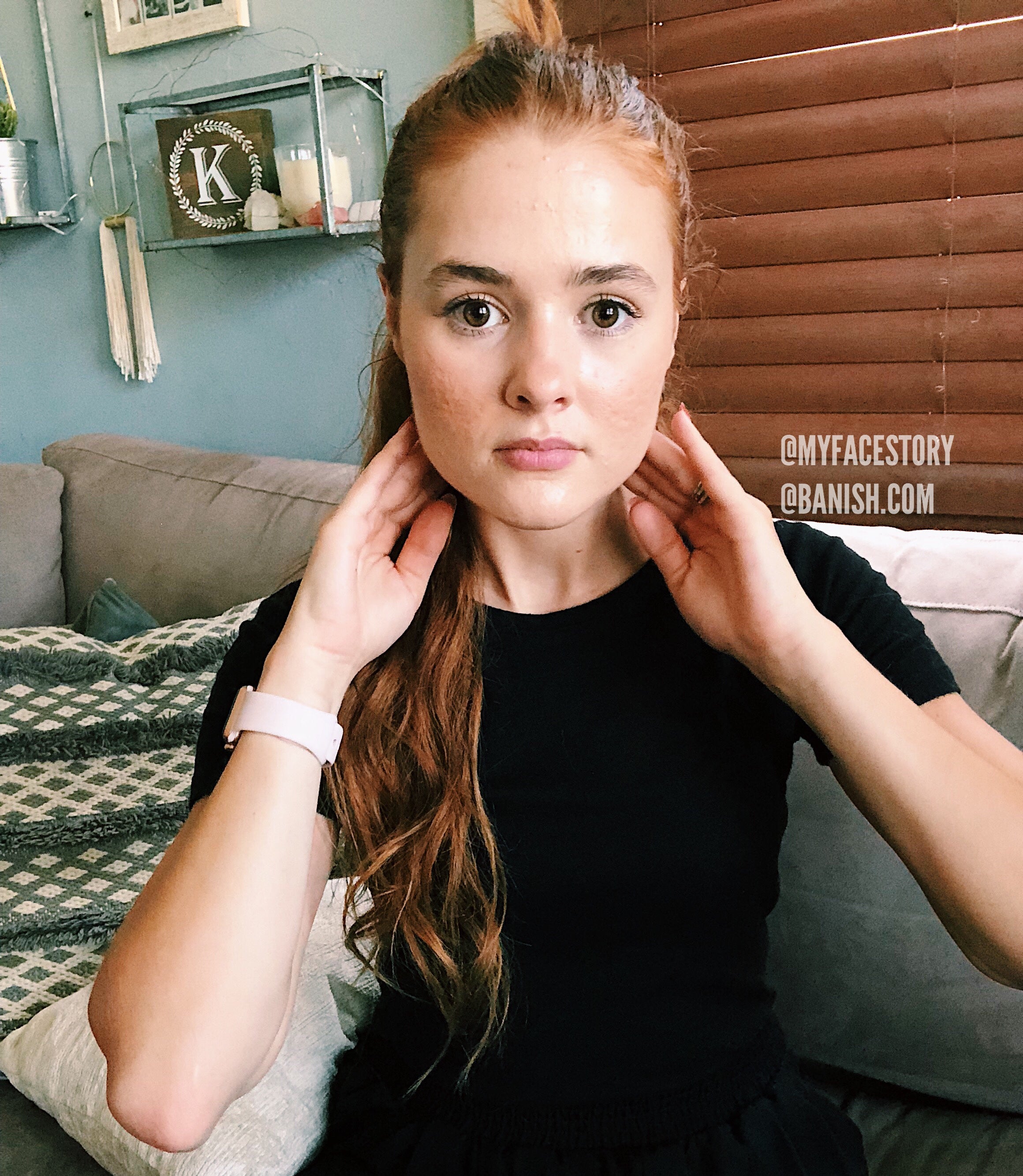
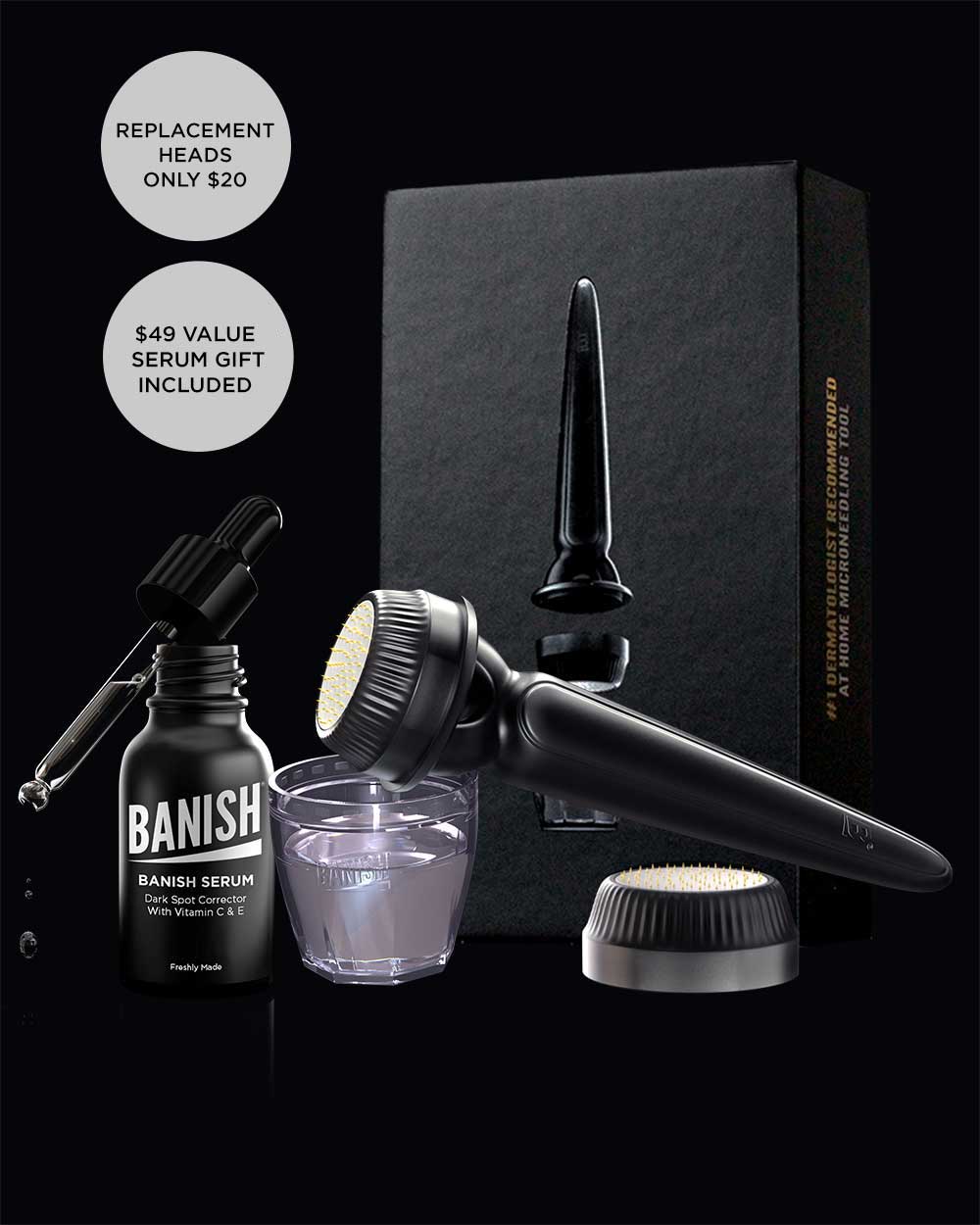





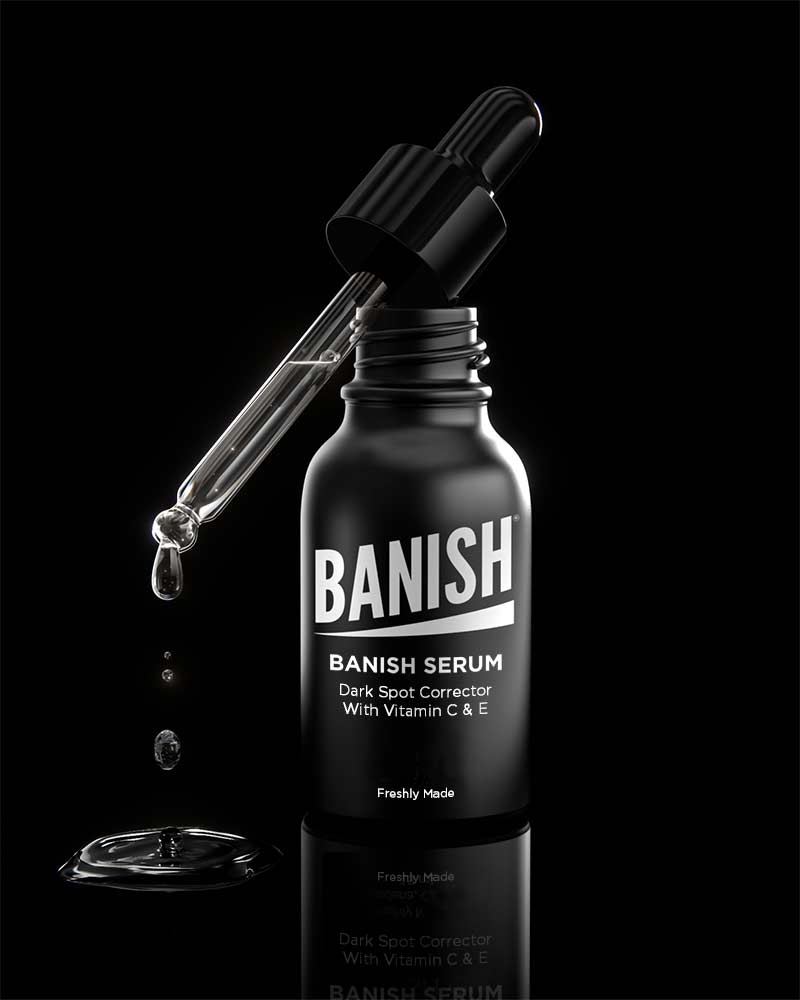

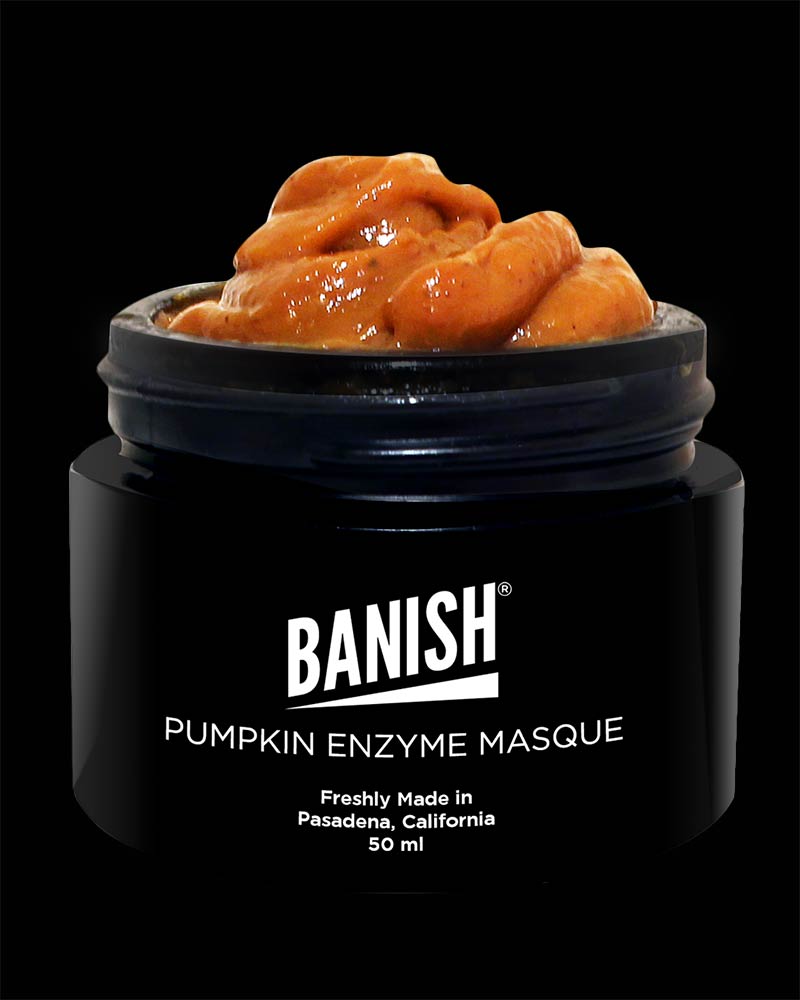
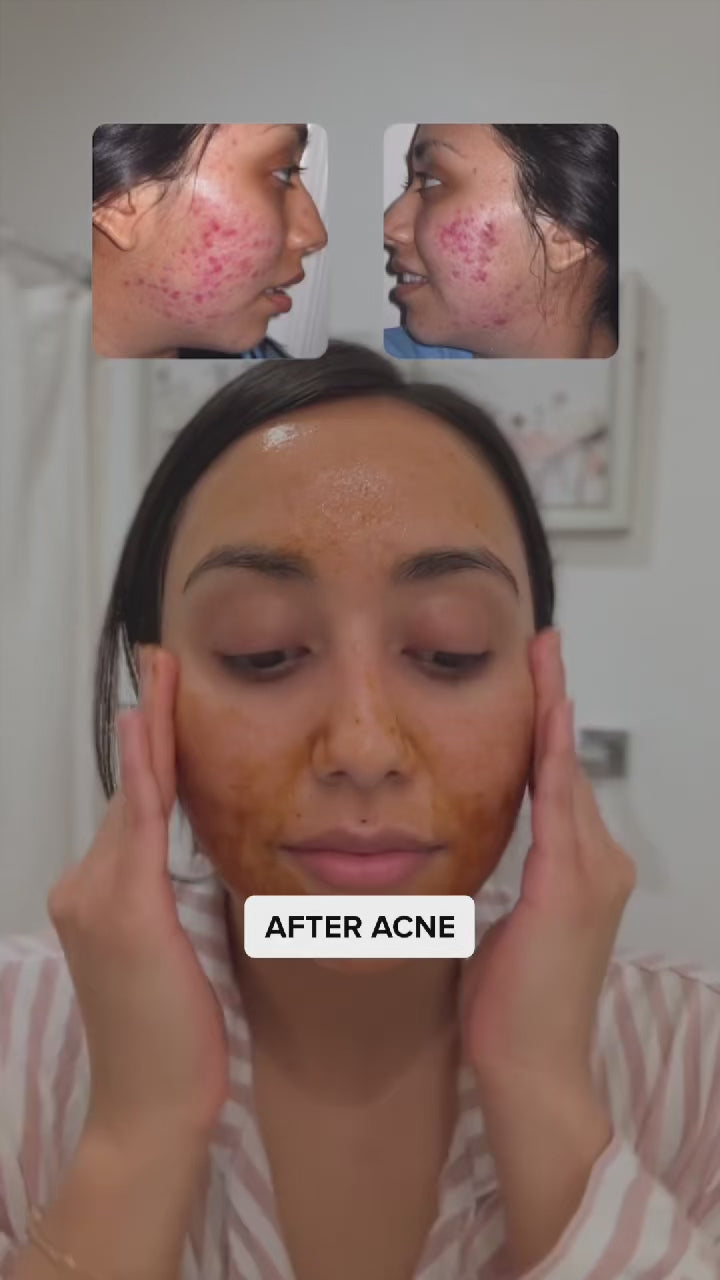

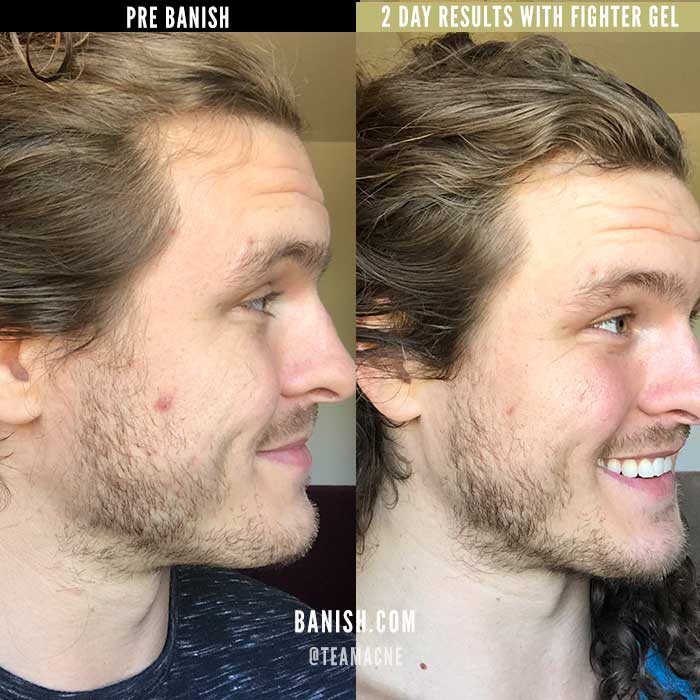










Leave a comment
All comments are moderated before being published.
This site is protected by hCaptcha and the hCaptcha Privacy Policy and Terms of Service apply.